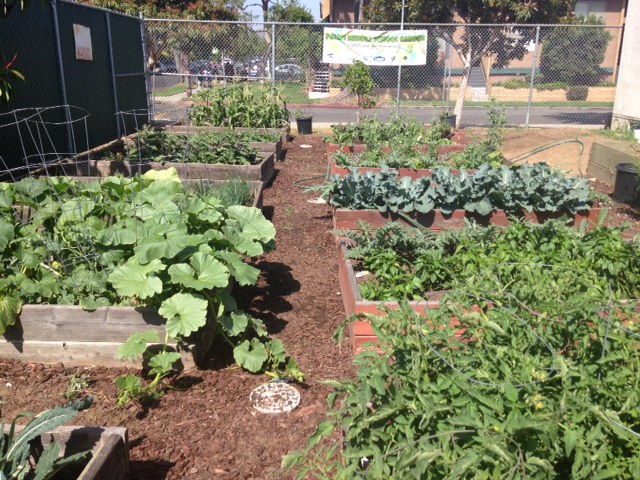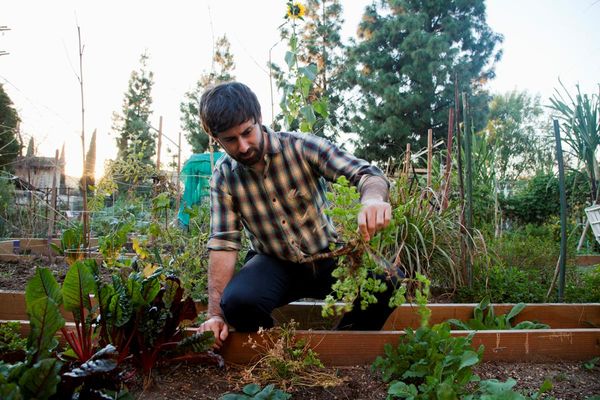Community health and wellness
Healthcare and food
Access to healthcare, defined as the percentage of the civilian population under 65 with health insurance coverage, remains a challenge in San Antonio. Although access to healthcare stood at 73% in 2012 and increased under the Affordable Care Act, there are still unaddressed gaps in healthcare coverage. In 2014, 23% of adults and 8% of children in Bexar County were uninsured. In 2012, 19% of respondents in the community health assessment reported delaying medical care due to cost. Even those with insurance find that healthcare resources are not equally distributed across the region. In addition, there are limited non-auto transportation options for reaching healthcare destinations.
Access to healthy foods is also an ongoing concern. According to the 2013 Bexar County Community Health Assessment, only 22% of adults eat three or more vegetables per day, and only 12% eat three or more fruits. Among children, 40% eat five or more fruits and vegetables daily, but 25% also consume at least one soda a day. Fresh food is simply hard to find in some areas: 40% of the county’s urbanized population lived at least one mile from a grocery store and the number of farmers markets decreased by 26% between 2009 and 2013 while they increased in both Texas and the US. Contributing to the lack of healthy options, 52% of all restaurants—in both the county and the city—are fast food establishments.
Although the full impact of the Affordable Care Act (ACA) is not yet clear, the proportion of uninsured residents is expected to decrease over the long term. But more actions will be needed to address the uneven distribution of healthcare facilities, limited transportation options and other factors making it difficult for residents to have equitable access to healthcare resources. The process of improving access can begin by first identifying where gaps in healthcare resources at the community level may exist. This information can then be used in partnership with community leaders and public transit agencies to design and implement solutions that improve access to and availability of healthcare resources in each community where problems have been identified.
Efforts to improve access to healthy food can also begin by identifying which areas in the city lack access to affordable fruits, vegetables, whole grains, low fat milk, and the other foods that make up a healthy diet. Knowing where these “food deserts” exist will allow us to target these communities and implement policies that support the development of affordable, healthy food options.
A critical strategy will be to encourage the development of grocery stores offering healthy, natural foods along with farmer's markets, community gardens and other amenities within ¼ to ½ mile walking distance of all neighborhoods. We also need to educate community members about the value of good nutrition and healthy foods and discourage the consumption of fast foods and unhealthy, highly processed foods.

